Decoding Cultures- Switzerland
Key Historical Events of Switzerland
Defining moments that shaped the culture of the country.
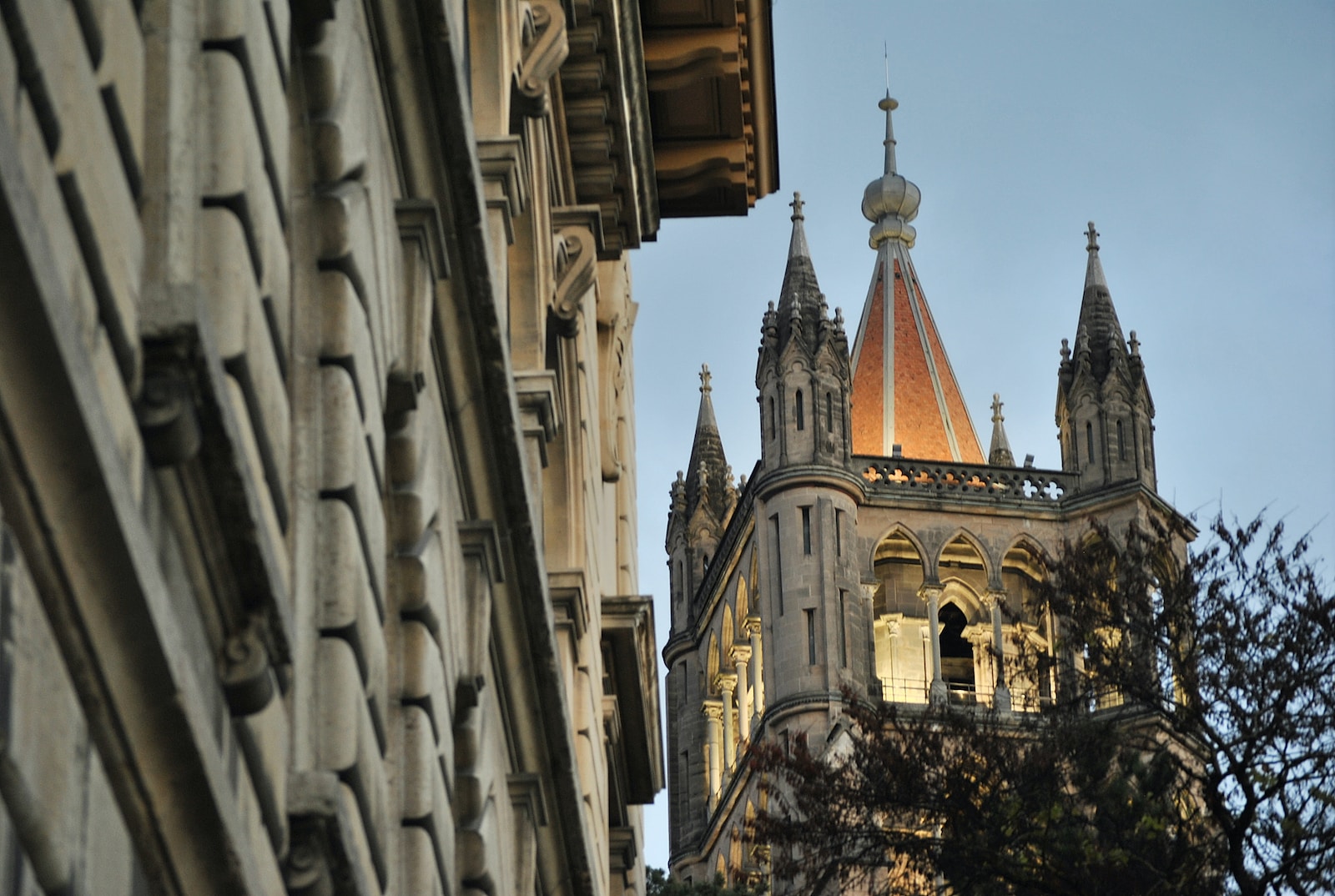
Divided by culture, the Swiss are united by force of will. As the different cultural groups (Swiss German, French, Italian and Raetho Romansh) looked at each other, they realized that disunity and polarization would herald an early disintegration. Over the centuries they were able to adapt their inherited traits to produce a mainstream Swiss culture.
Much of the territory covered by present-day Switzerland is mountainous. For this reason, the Alpine passes have played a significant role in the development of the country, as have the powers that sought to control these important communication and trade routes.
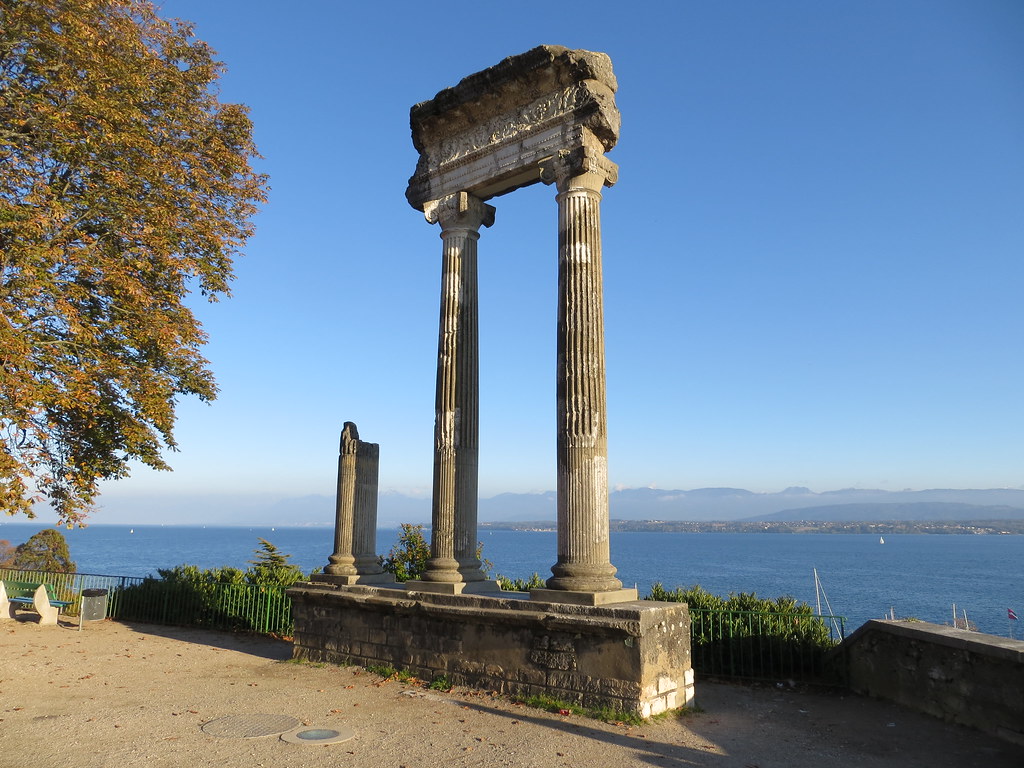
The Roman Empire
In 58 BC at Bibracte in modern France, a Roman army under Julius Caesar defeated the Helvetii – a group of Celtic tribes. After also conquering Rhaetia (modern Graubünden), the Romans gradually opened up the country, building the first roads over the major Alpine passes – most significantly the Grand-St-Bernard– and founding provincial towns at Nyon and Avenches, the last of which became the Roman capital, with more than fifty thousand inhabitants.
For more than two centuries under the Romans, Switzerland enjoyed peace and prosperity. Agriculture flourished, and the first vineyards were planted.
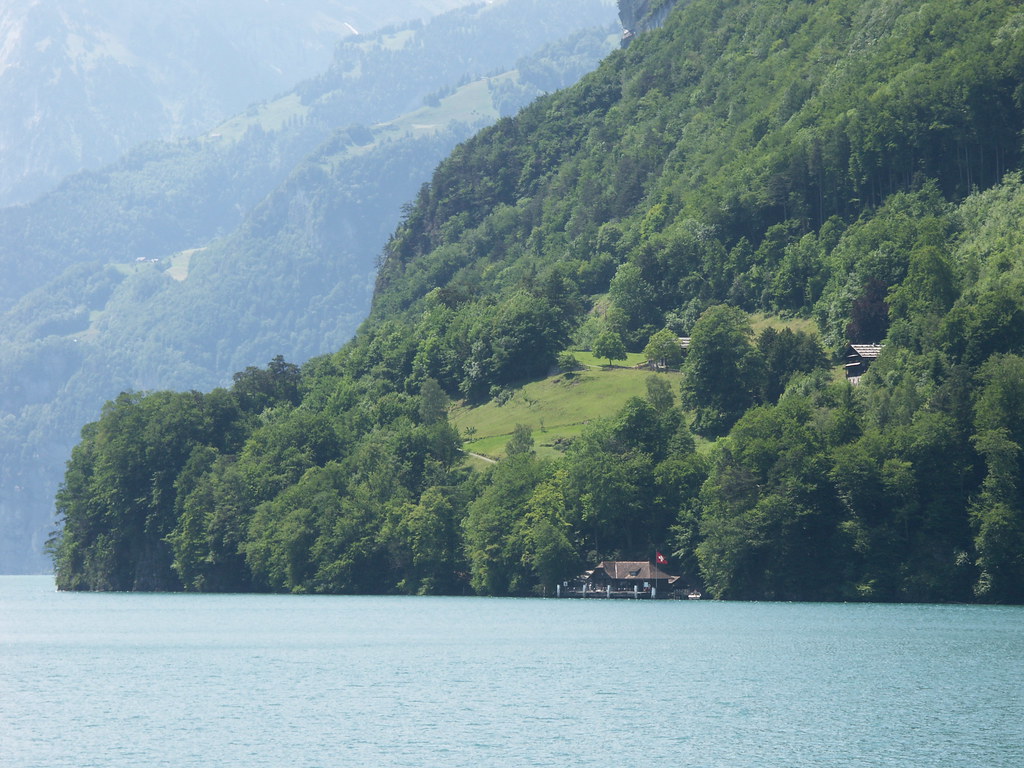
The Rütli Oath
1291 is traditionally regarded as being the founding year of the Confederation – this was when the three rural valley communities of Uri, Schwyz and Nidwalden pledged an oath of mutual support.
The death of the Holy Roman Emperor, King Rudolf I of Habsburg, coupled with the instability following his passing, most likely prompted the three founding cantons to enter into this pact of peace and mutual assistance. Similar alliances had been made previously, but the Federal Charter of 1291 was the first to be documented in writing.
Legend has it that the three founding members met on the Rütli Meadow above Lake Lucerne to swear their mutual allegiance (“Rütli Oath”). Since then, the meadow has become the symbol of Swiss freedom and independence.
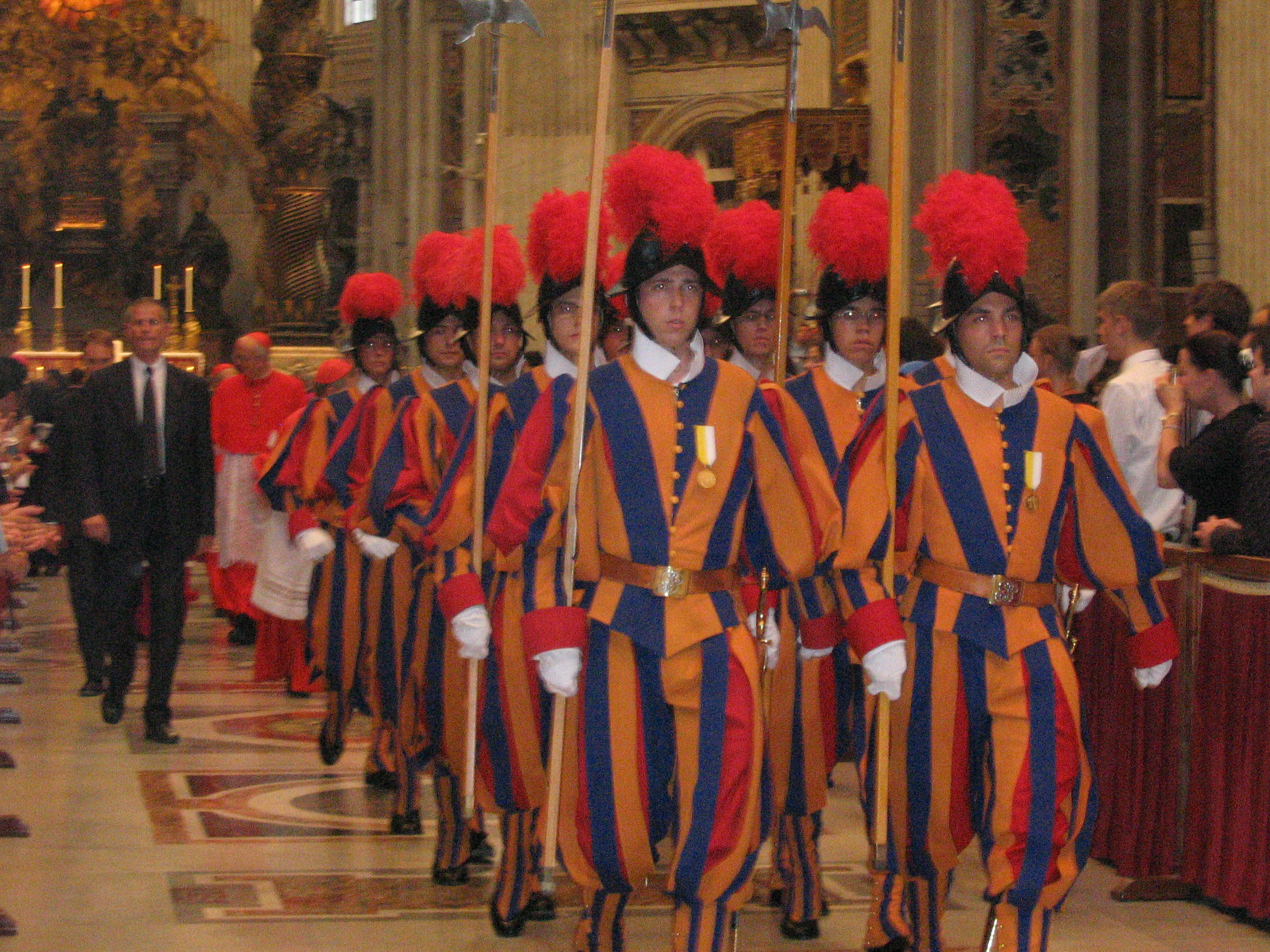
The Battle of Marignano
The Battle of Marignano is regarded as a turning point in Swiss history – not only did it end the Confederates’ military expansion for ever but it was also the beginning of Swiss neutrality. How far this neutrality went is controversial in view of the mercenary alliances with France. Exports of Swiss mercenaries from various parts of the Confederation persisted after 1515 until this was finally banned in 1859. Since then the only exception has been that of the Papal Swiss Guard.
The Confederates were involved in the battles for the prosperous cities of northern Italy (the Habsburgs, the Valois kings of France and the Papacy were fighting over these cities too).
During the 15-year battle for Milan, the Confederates first supported France before switching and supporting the Papacy in 1510 and regaining Milan from the French in 1512. Three years later however, the French together with their allies, the Venetians, routed the Swiss at Marignano in 1515. In the peace treaty that followed, the Confederates could nevertheless keep all of what is now the canton of Ticinino..
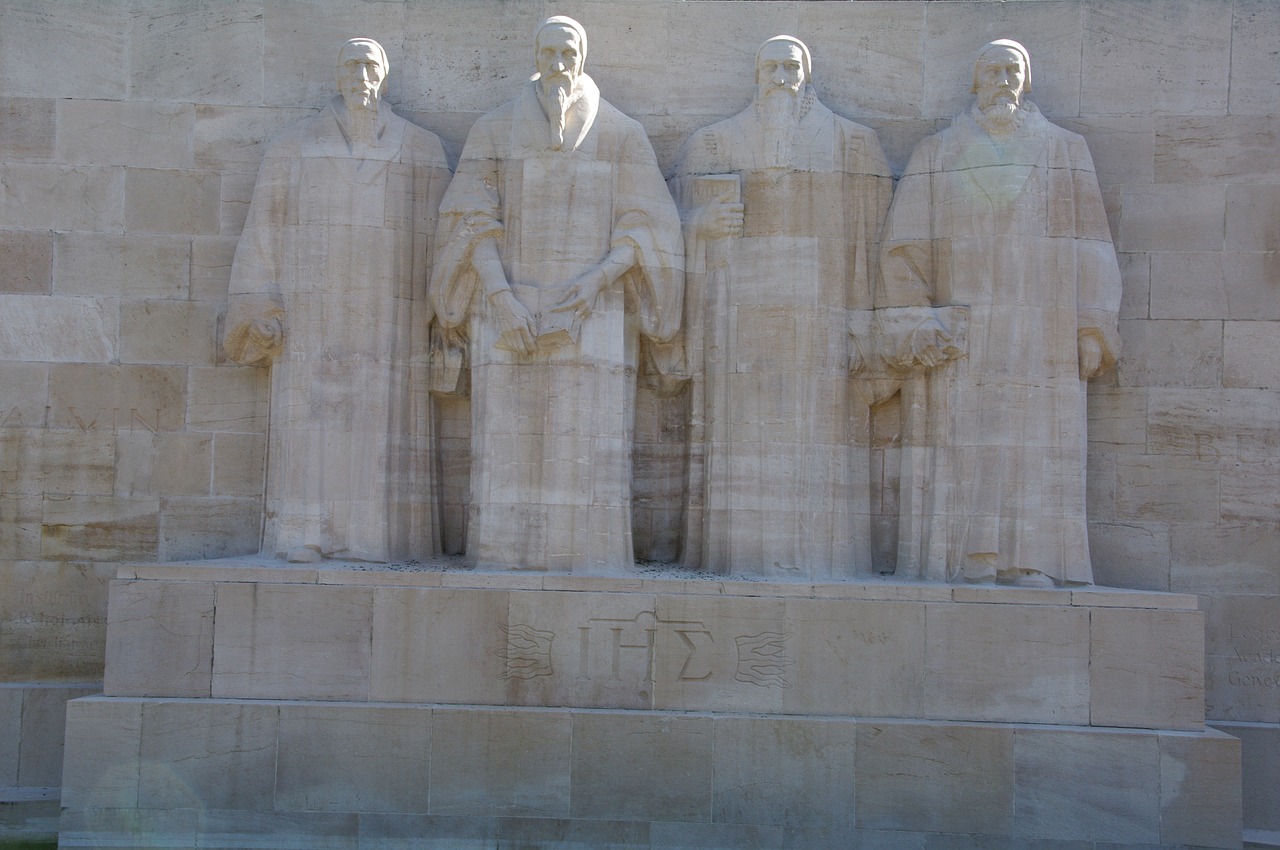
The Reformation
The Reformation is the division of Western Christianity into Catholics and Protestants. It started in the 16th century. The most famous figure of the Reformation was Martin Luther of Germany. But Switzerland was also a stronghold of the Reformation, with Zwingli shaping Protestantism with his work in Zurich and John Calvin doing so in Geneva. Geneva was considered the Rome of Protestantism. Calvinism in particular spread throughout Europe and also to what is now the United States. The Reformation became potent political dynamite. In Europe and Switzerland, the split between Catholics and Protestants led to unrest and wars.
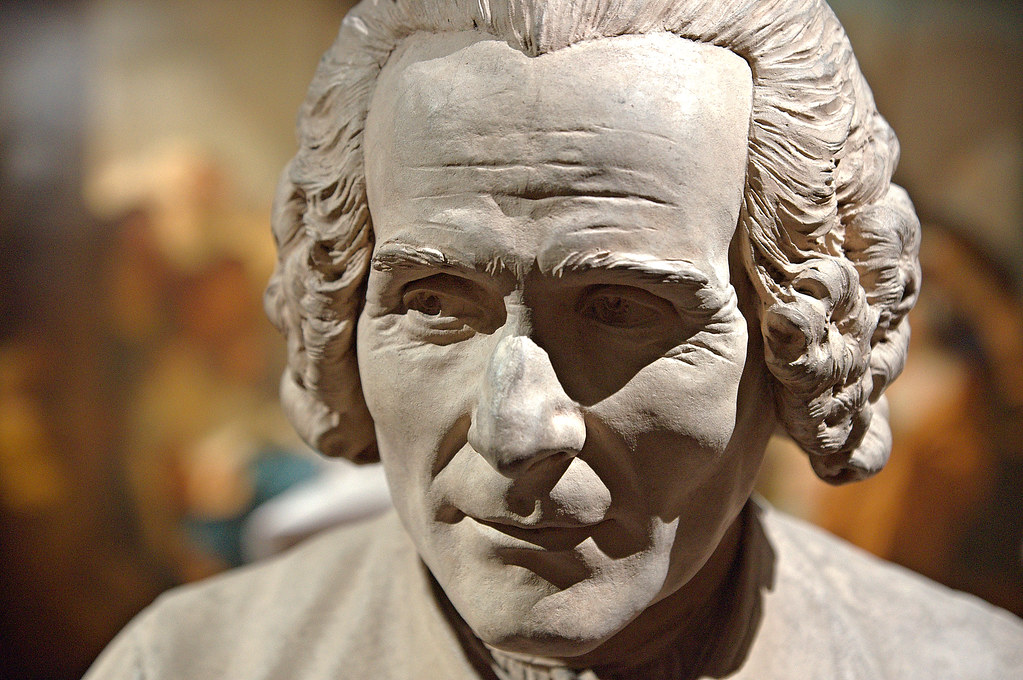
The Enlightment
The Enlightenment period saw the emergence of a bourgeois public as well as numerous scholarly societies,
debating clubs, reading circles, salons and newspapers. Patriotic societies increasingly began to discuss political reform. The Helvetic Society, founded in 1762 had the aim of “establishing love and friendship, unity and concord between the Swiss”. The society united Protestant and Catholic Enlightenment thinkers from various Swiss cantons.
Under the banner of “Helvetism”, scholars from French-speaking Switzerland were incorporated into the Helvetic Society; until that point, the Confederation had been an exclusively German-speaking entity from a political perspective. However, French culture had been a major influence on the country since the 17th century, both with regard to courtly customs and Enlightenment ideas. The latter often questioned the status quo and the order and power of the state and the church, which had grown over time but were hardly
justifiable any more.
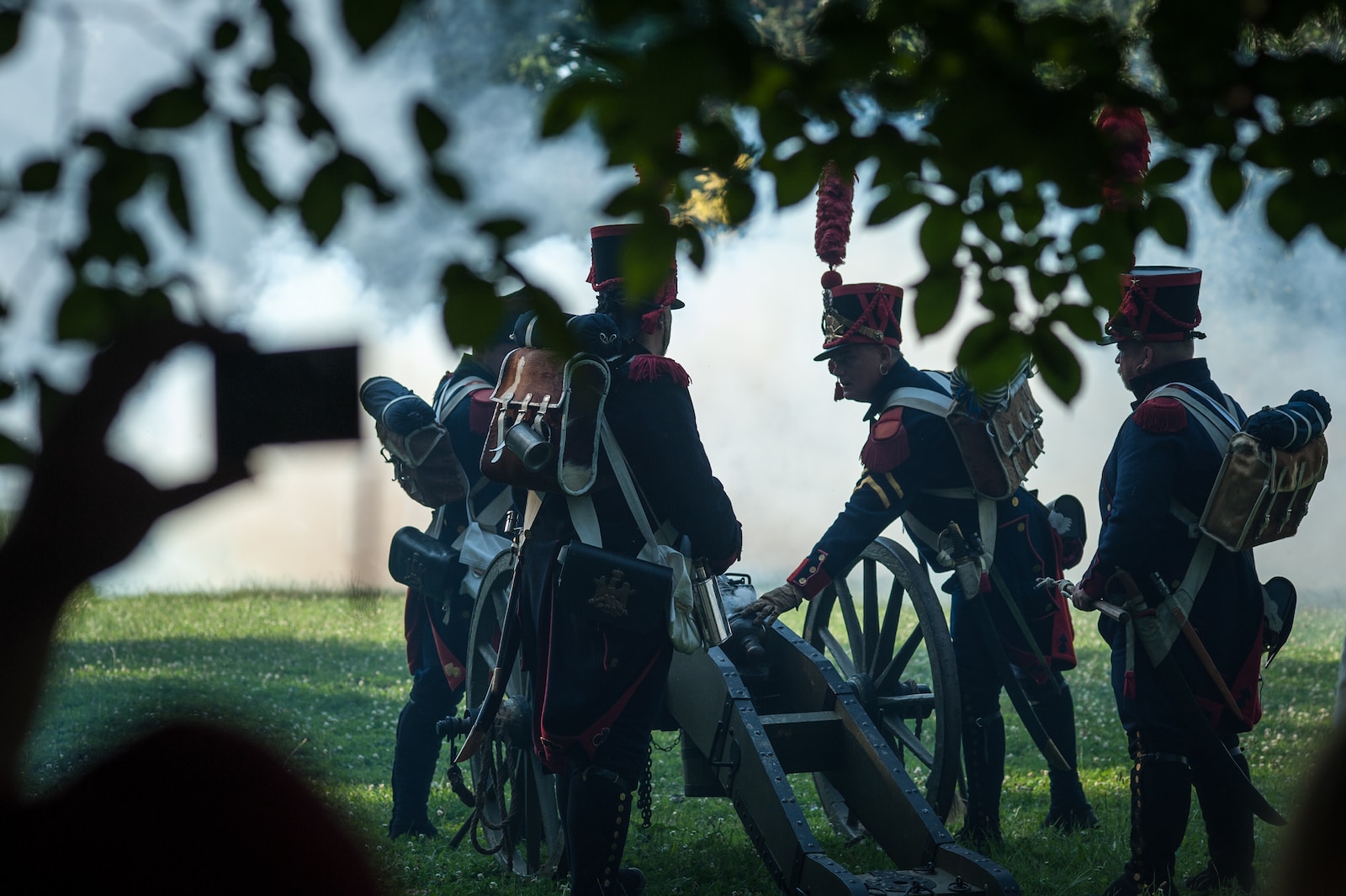
Napoleon & Switzerland
The impact in Switzerland of the French Revolution of 1789 was enormous. In 1798, French forces entered Bern, marking the fall of the ancien régime in Switzerland. all necessary political and social reforms were only introduced after French revolutionary troops invaded in 1798: equality of all before the law; equal rights for rural and urban citizens; equality of all cantons and the abolition of dividing them into “original old cantons”, on the one hand, and “colonies”, on the other.
1803 – Internal unrest and numerous coups d’état prompt Napoleon to issue an “Act of Mediation”, which puts an end to the Helvetic Republic and restores the sovereignty of the cantons. This shortlived Mediation, as it was called, restored the notion of autonomous cantons meanwhile giving the country the new title of the Swiss Confederation, a name it bears today.
1815 – The end of the Napoleonic Wars. The European powers are interested in recognising and maintaining sovereign and neutral Switzerland in order to ensure the neutrality of the strategic Alpine passes. Swiss independence and neutrality are formally recognised by European powers at the Congress of Vienna.
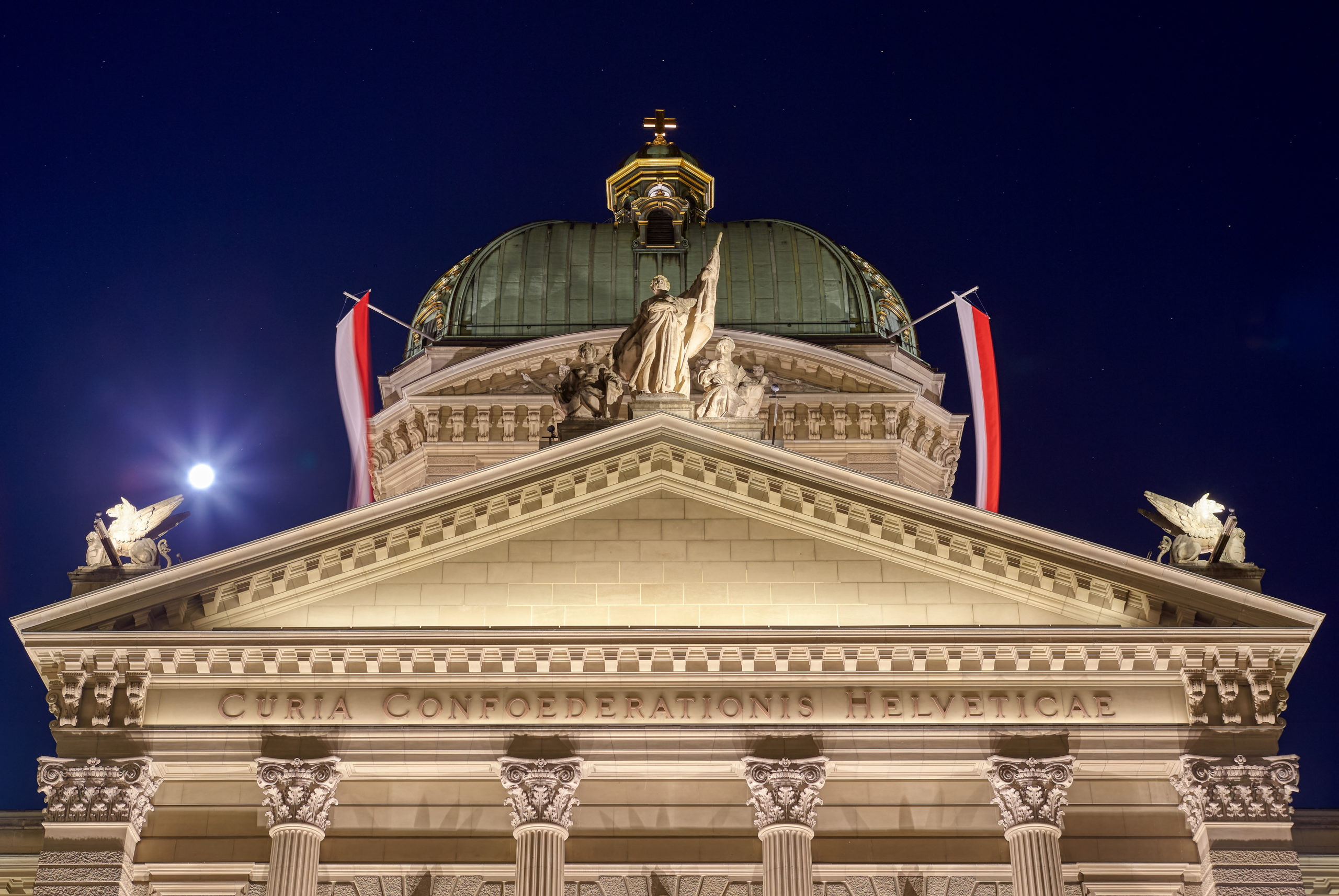
The Sonderbund War
Although it had become a confederacy long before, Switzerland was not a true federal state until the 12th September 1848, when the Swiss constitution was signed into power. The move was a response to the Sonderbund War, a brief outburst of civil war between Catholics democrats and Protestant liberals. The Protestants thought that the people should be enlightened and educated in the rational spirit of Protestant ethics and that the creation of a unified state was of utmost importance.
A few months after the Sonderbund War was over, Switzerland transformed itself into the first representative democracy in Europe. The constitution of 1848 guaranteed equal rights, the separation of powers, and suffrage for men. The introduction of the franc, the right of establishment and customs exemption for the whole of Switzerland were measures that had a positive impact on economic progress.
In 1878 a complete revision of the Constitution leads to the introduction of the instrument of Direct Democracy, a major pillar of the Swiss political system. The end of the 19th Century also witnesses the rise of international tourism as well as the construction of the Gotthard and Simplon railway tunnels.
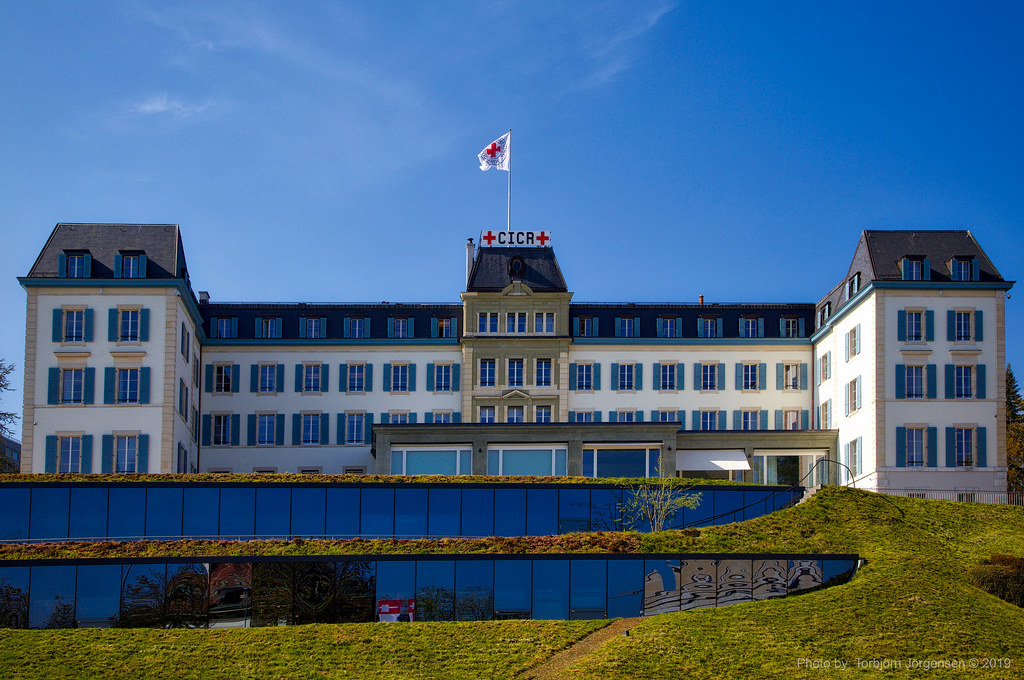
Solferino & Dunant
The neutrality principle, to which Switzerland has subscribed since the Peace of Westphalia, established the basis for the country’s humanitarian commitment. In 1863, the International Committee of the Red Cross (ICRC) under the direction of the Swiss Henry Dunant was founded. The International Red Cross and Red Crescent Movement began not long after Henry Dunant stumbled upon the catastrophic aftermath of the battle of Solferino, where 40,000 men had died or been gravely wounded. Dunant, stricken by the sight, returned to Geneva and founded the ICRC, beginning an international movement and setting Switzerland, and Geneva in particular, off on a path as host to some of the world’s main humanitarian agencies.
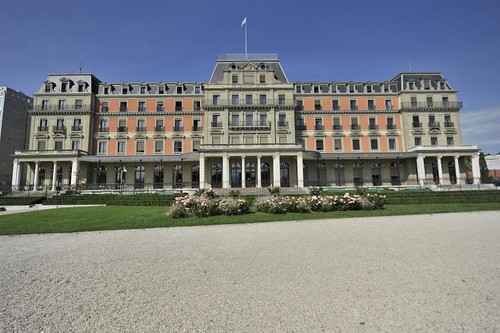
The 20th Century
1918: A quasi-revolution in Switzerland. Political disagreements lead to a General Strike in Zurich. Its leaders (Olten Committee) demand the adoption of the proportionality principle in the election in the House of Representatives (which took place in 1919), women’s suffrage (which was not introduced until 1971), a 48-hour work week and old-age and disability insurance. The government mobilised the military and suppressed the strike.
The country remained neutral during the two World Wars (1914-1918 and 1939-1945).
After the WW I, Switzerland played an active role in establishing the League of Nations (a predecessor to the UN) at Geneva. (Geneva’s Palais des Nations became the European Headquarters of the United Nations after World War II as well as of numerous international organizations even though Switzerland did not join the UN until 2002) and until now never joined the EU neither.
